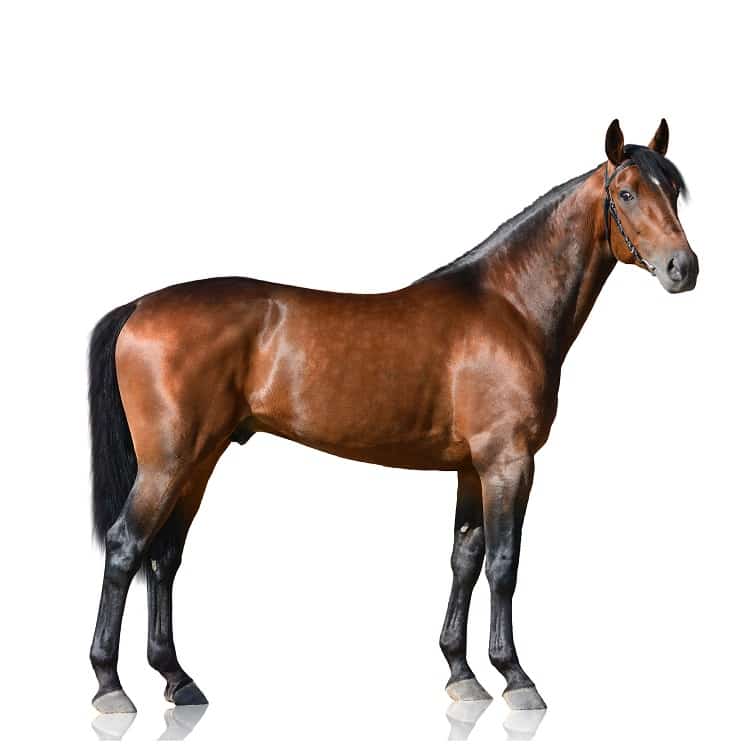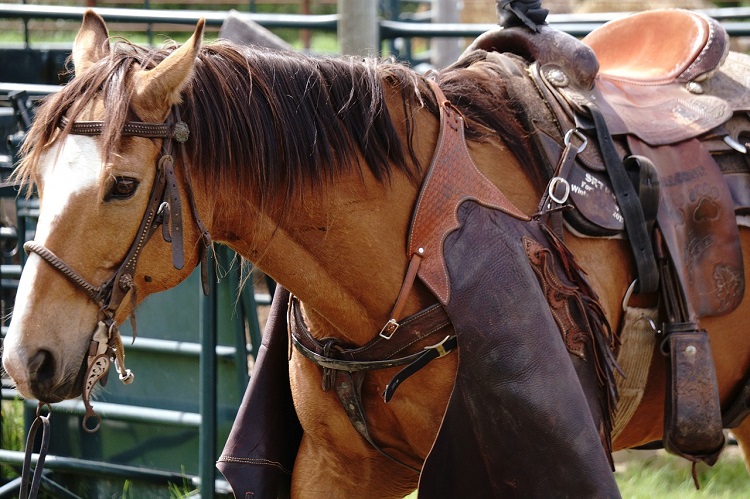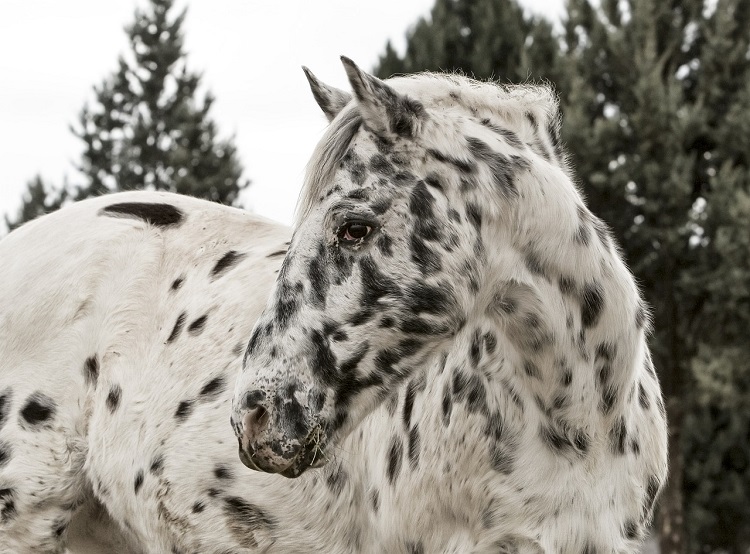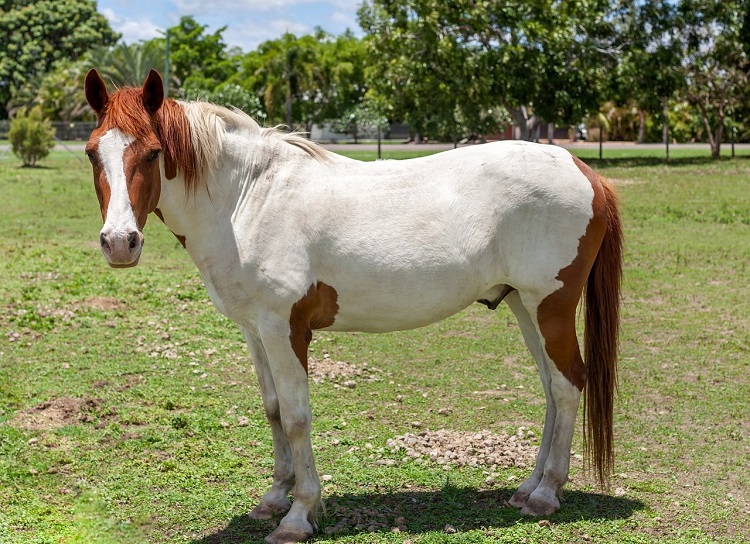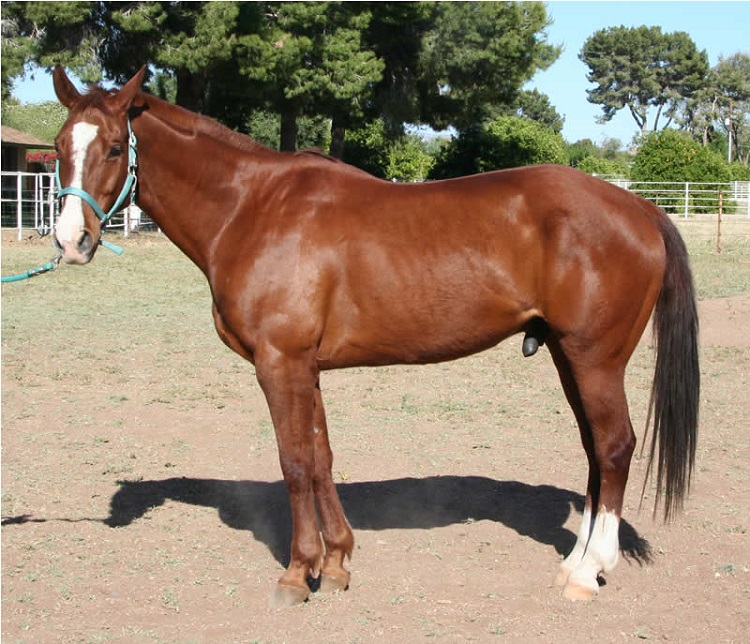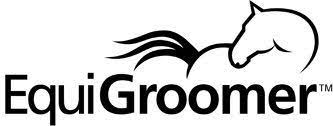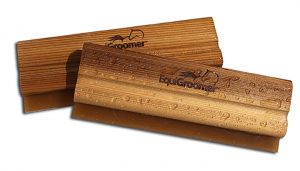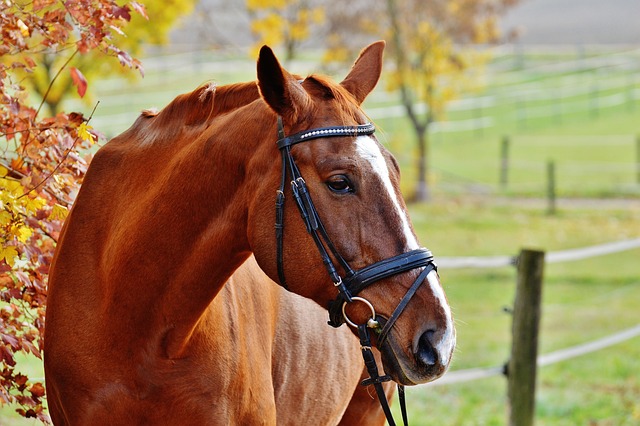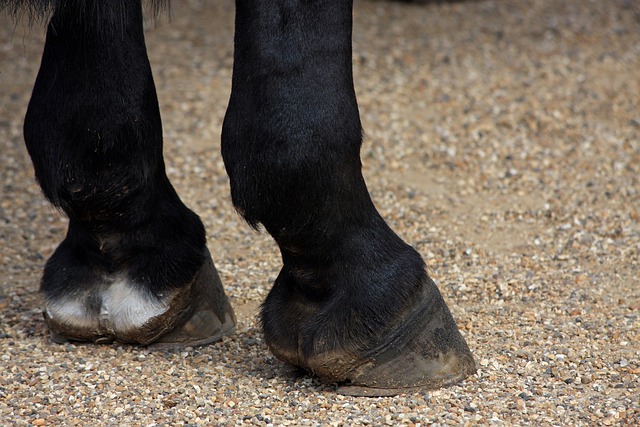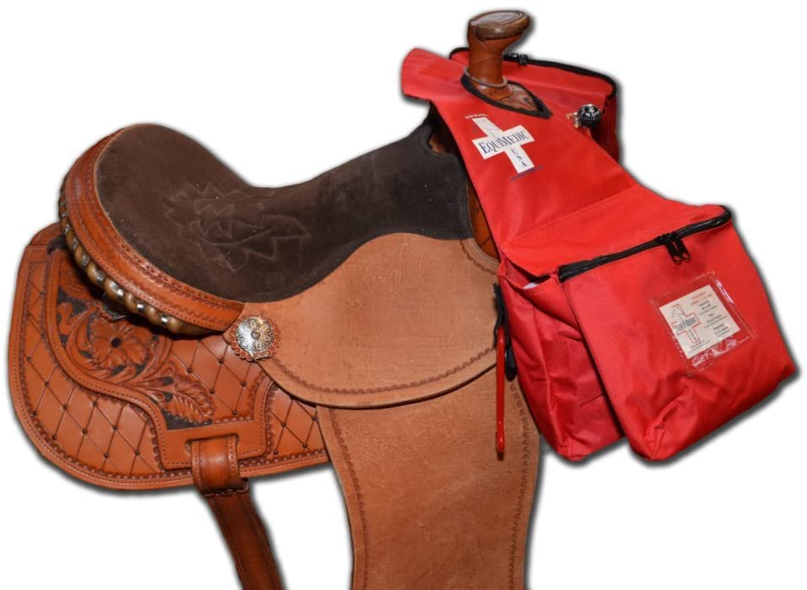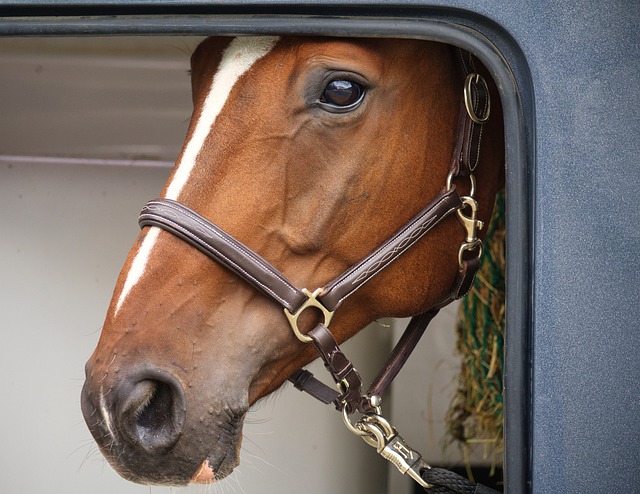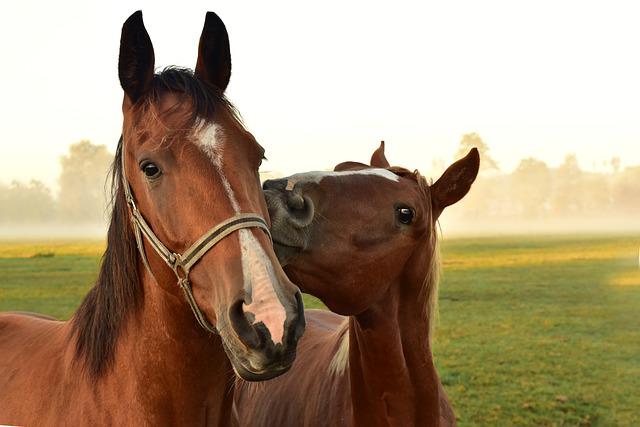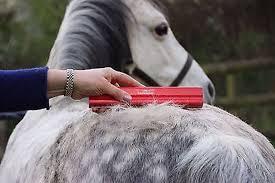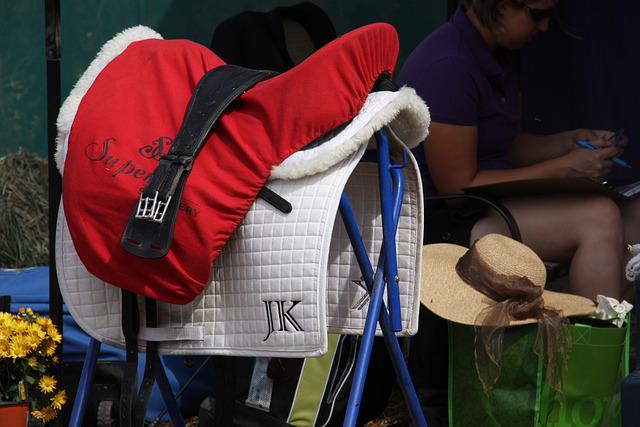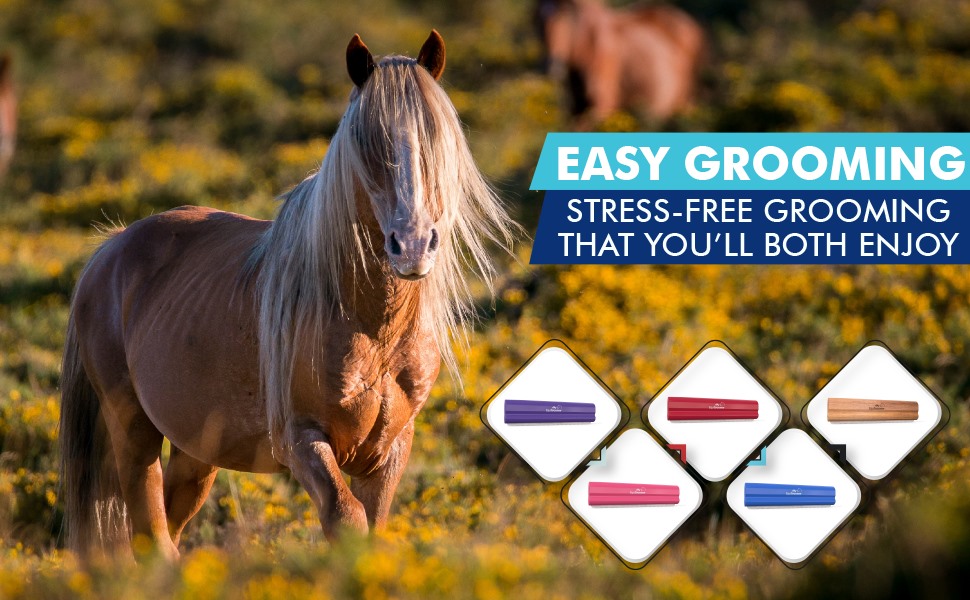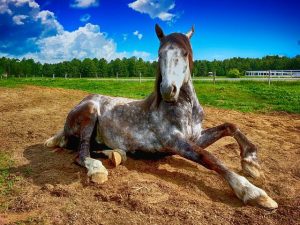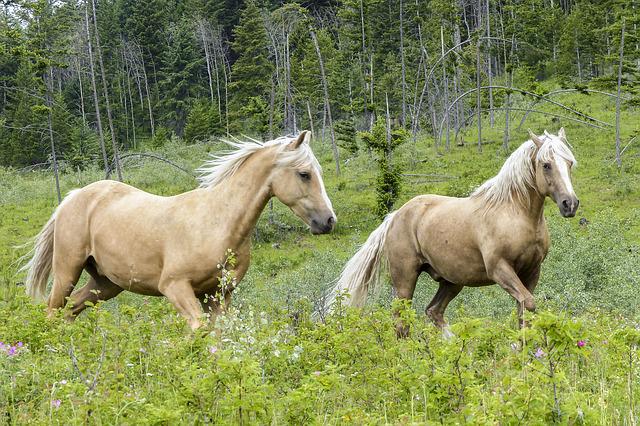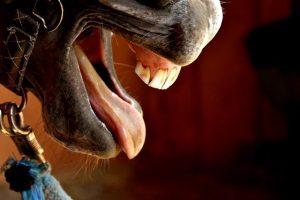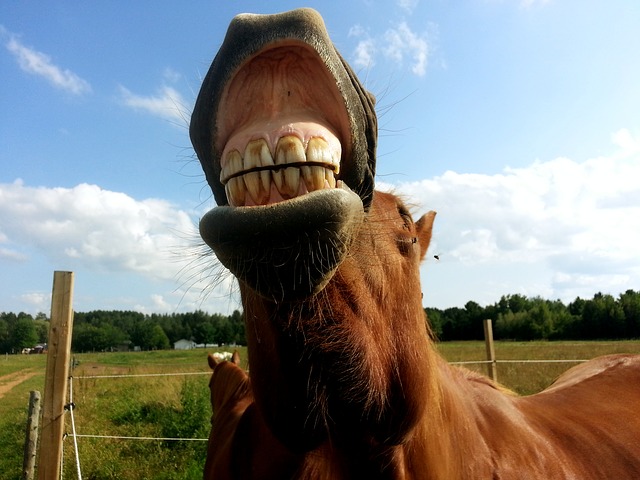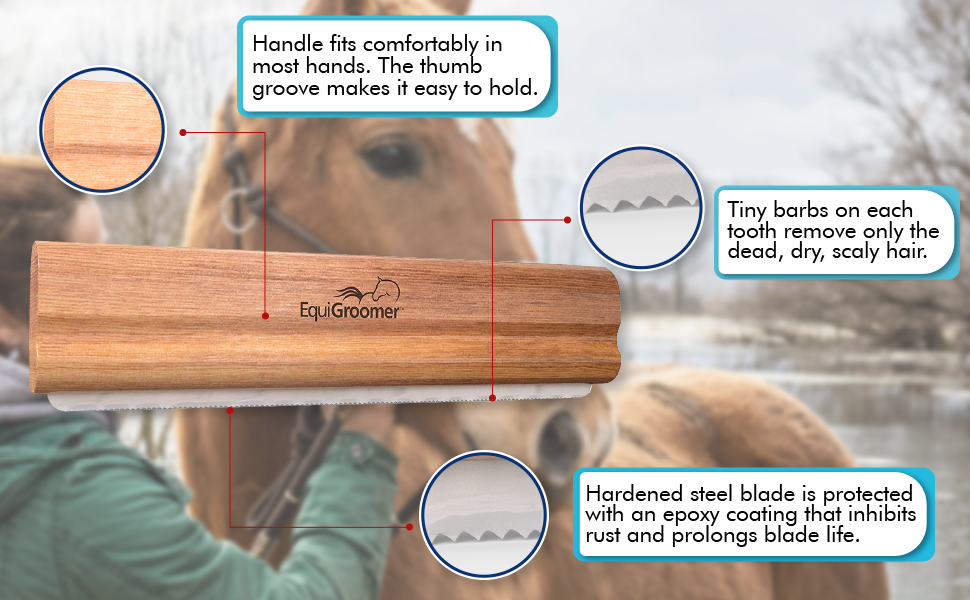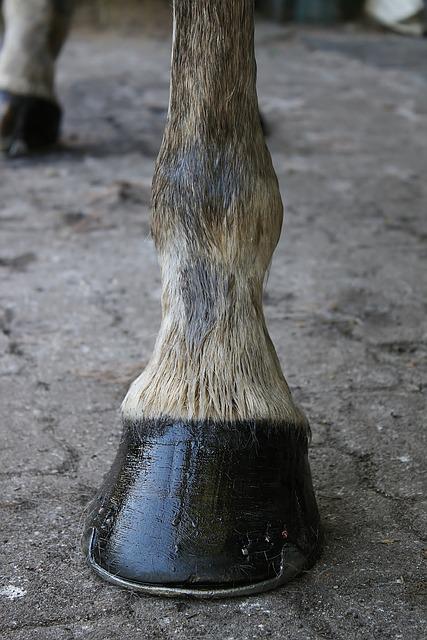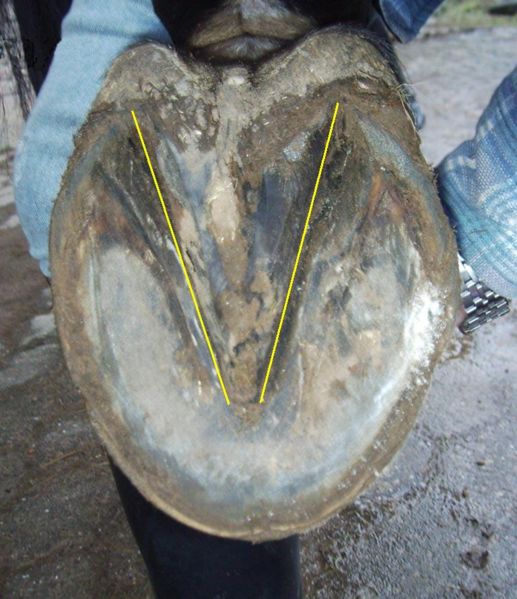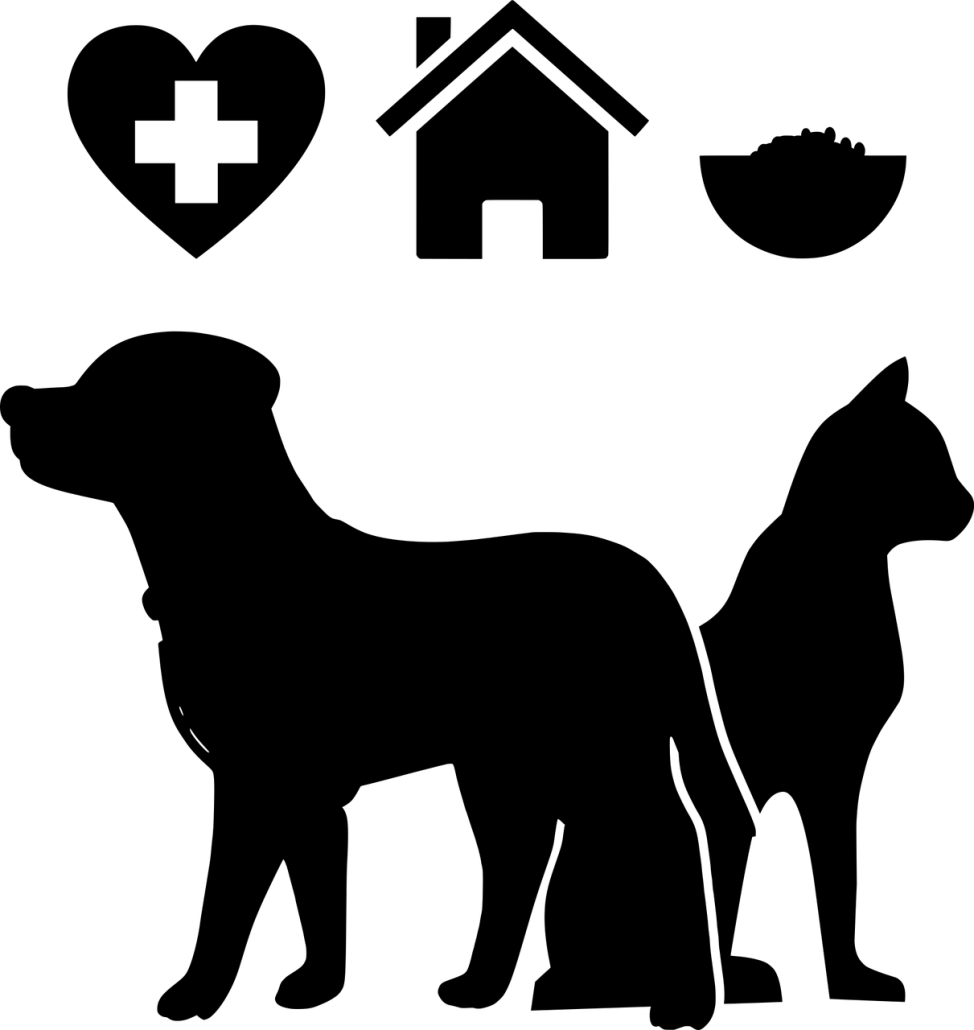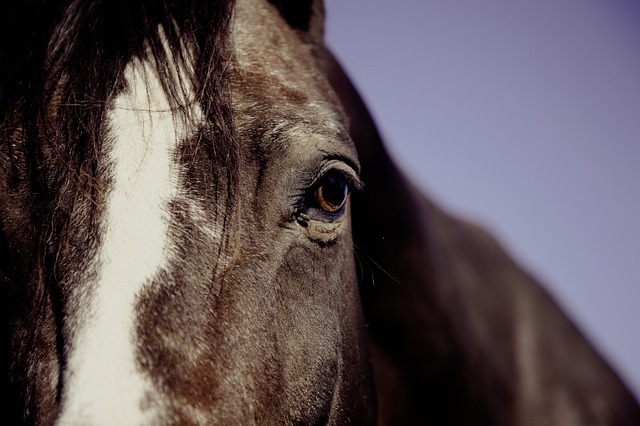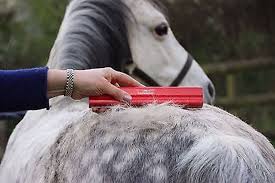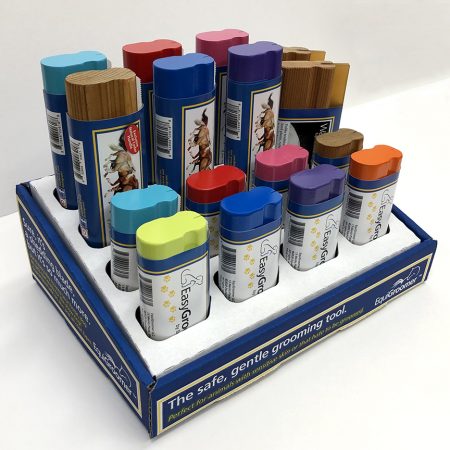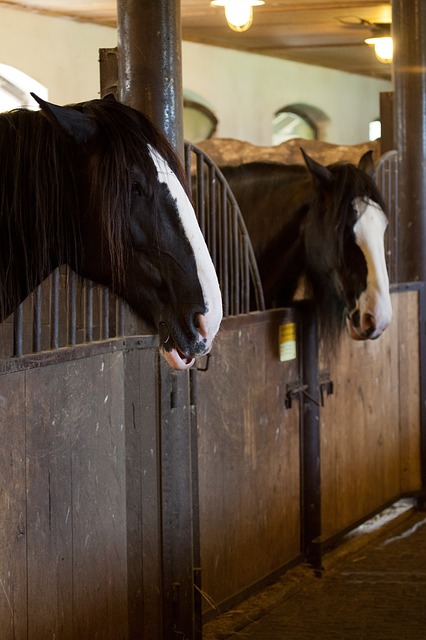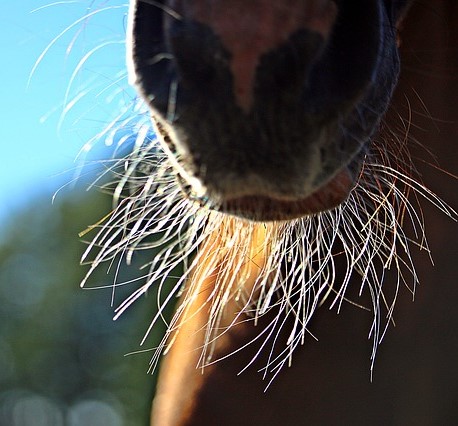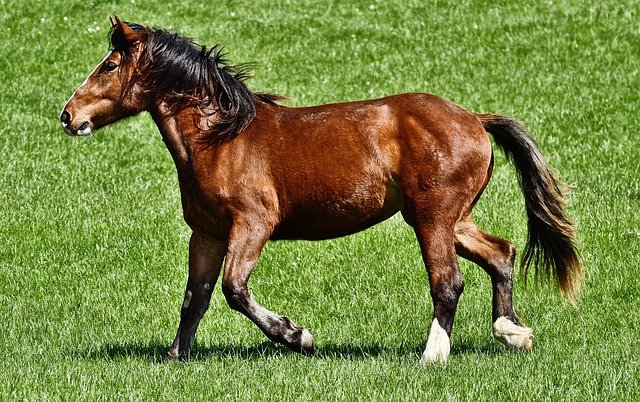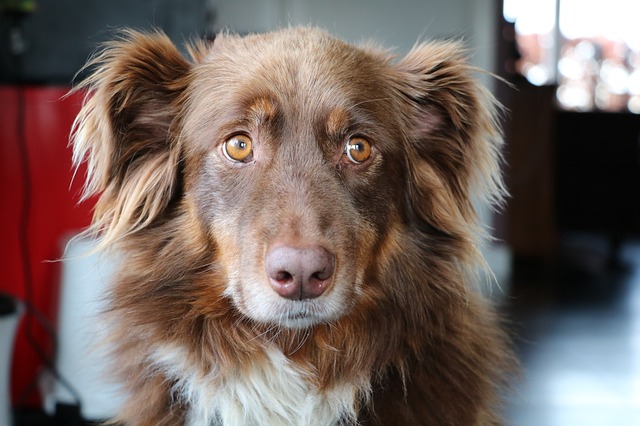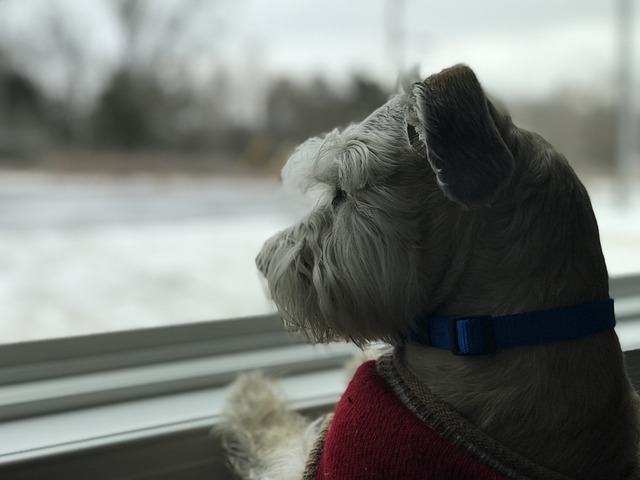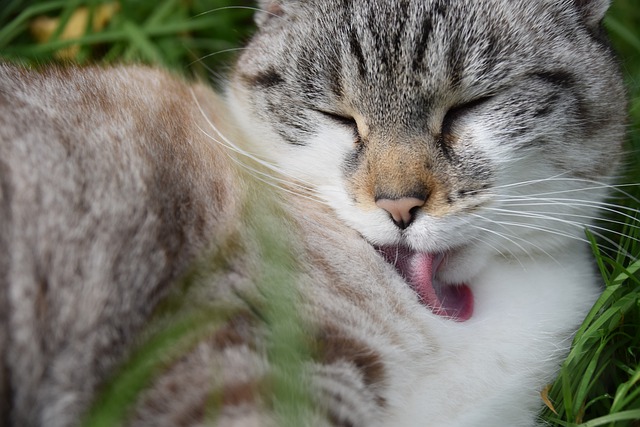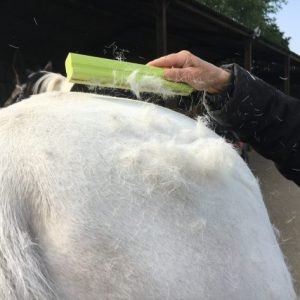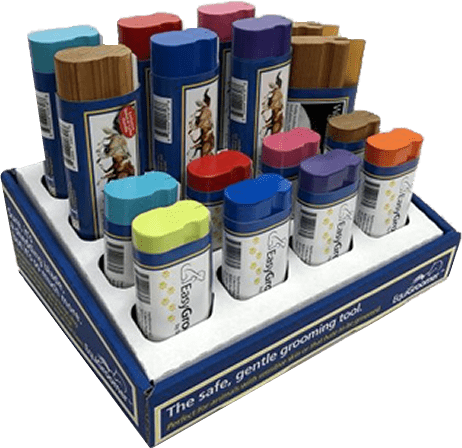Horse Racing and 11 Popular Phrases it Produced
Beyond being an exhilarating sport, horse racing has contributed more to our language than most of us probably realize! From the racetrack to everyday conversations, phrases born out of the world of horse racing have galloped into – and stayed in – our language.
So saddle up and test your knowledge about 11 popular phrases originating from the horse turf!

1. Horse Racing Phrase: Neck and Neck
When two horses run side-by-side with little to no space between them, it’s referred to a as neck and neck race. This phrase has seamlessly transitioned into everyday language to describe any close competition or contest where the lead or advantage is indistinguishable or too close to call.” Also, see “Down to the Wire” and “Dead Heat” below.
2. Horse Racing Term: Dark Horse
Originating from the unpredictability of horse racing, a dark horse refers to a competitor who is relatively unknown or underestimated but could surprise everyone with a win. In contrast, an “underdog” is expected to lose.

3. Down to the Wire: Phrase from Horse Racing
In horse racing, the finish line is often marked by a wire. When a race is intense and undecided until the very end (or “neck and neck”), it’s said to go “down to the wire.” Today, it describes any situation that remains uncertain until the last moment.
4. Furlong is Another Horse Racing Phrase
Derived from Old English, a furlong is a unit of distance in horse racing, roughly equal to 1/8 of a mile. Outside the racetrack, it’s commonly used to describe any linear distance, especially in rural settings. According to The University of Nottingham, a furlong was considered the distance an ox could plow without a rest! (Source: Nottingham.AC.UK)

5. Winning By a Nose
When a horse wins by the smallest possible margin, often just the length (or portion) of its nose, it’s described as winning by a nose. This phrase has found its way into everyday conversations to depict a close victory starting around 1900.
6. In the Homestretch
The final stretch of a horse race, leading up to the finish line, is called the homestretch. Specifically, it’s the last part of the racecourse from the final turn to the finish line or wire. Figuratively, it refers to the final phase of any endeavor, where the outcome is imminent.
7. On the Homestretch
Similar to “in the homestretch,” this phrase refers to the final phase of an endeavor. It implies that the end is in sight and emphasizes the importance of pushing forward to reach a goal.

8. Under the Weather
Originally, this phrase referred to a horse not performing at its best due to poor weather conditions like temperature, humidity, wind speed, and direction. Today, it’s used to describe someone feeling slightly unwell or not up-to-par.
9. Hold Your Horses
This idiom originated from horseback riding, horse-drawn carriages, training and racing and means the need to control horses. The phrase advises patience and restraint. It’s also a common reminder to slow down or wait patiently.
10. Dead Heat
When two or more horses finish a race at the exact same moment, it’s called a dead heat. Outside of racing, it describes any situation with a tie or deadlock.
11. The Triple Crown
In horse racing, the Triple Crown is awarded to a horse that wins three specific races including the following:
- Kentucky Derby.
- Preakness Stakes.
- Belmont Stakes.
When used outside of horse racing, this phrase describes a rare achievement in any field.
In Conclusion
So, the next time you use one of these phrases, tip your hat to the world of horse racing. From the thrill of the track to the vocabulary of everyday life, these expressions remind us of the rich history and colorful language of the turf. Whether you’re a racing enthusiast or simply enjoy a good metaphor, there’s no denying the lasting impact of equestrian lingo!




